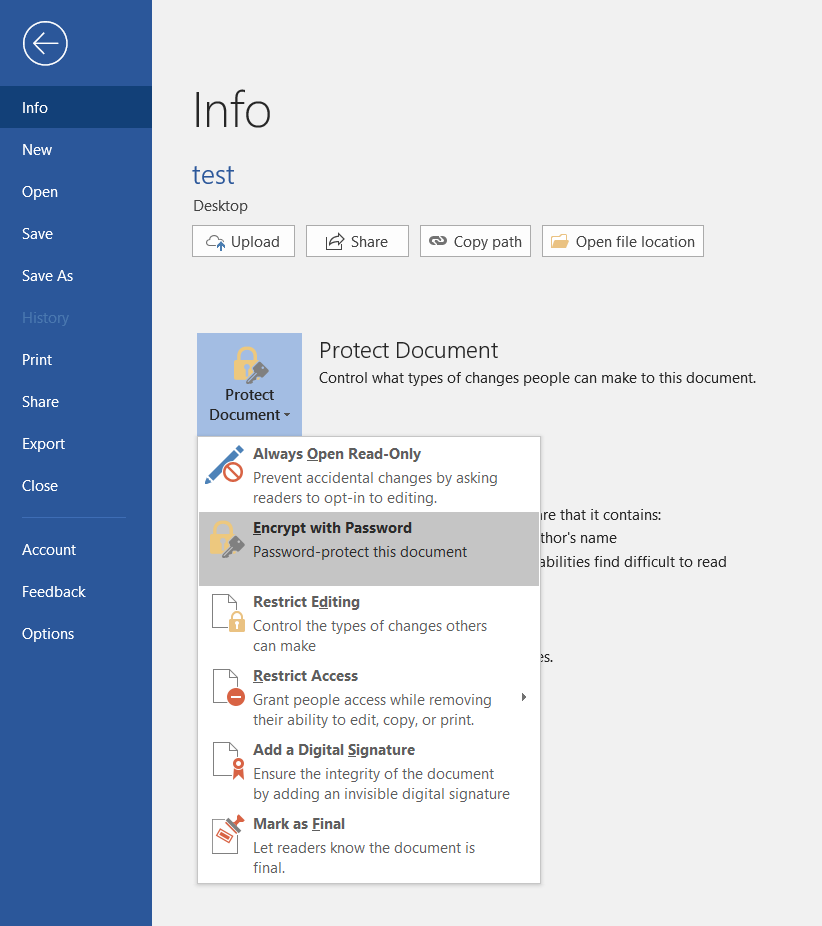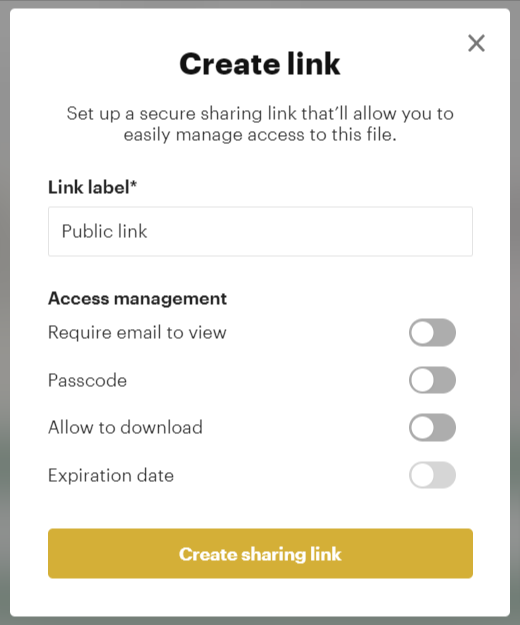Sharing any privileged or confidential documents online always feels like you’re walking on thin ice. This is especially true for sensitive health information that may be protected under HIPAA. That is why it is important to know the best way to secure sharing of health information.
It’s worth noting that the minimum fine for HIPAA violations is $50,000, with the maximum penalty going all the way up to $250,000. Jail terms are also likely in cases of criminal violations.
To protect patient privacy, avoid fines, and stay out of jail, it’s essential that you share this type of information as carefully as possible.
In this article, we will show you the best way to secure sharing of health information to ensure that you don’t make any costly missteps!
What Types of Patient Information Are Covered Under HIPAA?
The 2022 rules for HIPAA — or the Health Insurance Portability and Accountability Act — clearly define protected health information (PHI.)
Examples of PHI include records, health histories, the results of laboratory tests, and bills for medical treatment. In addition to health information, PHI also covers certain types of demographic information.
Other privileged information includes the insurance details of patients, Social Security numbers, and the numbers on certain forms of IDs such as driver’s licenses. Here’s a full list of the 18 identifiers of PHI under HIPAA:
- Names
- Dates (months and days, years are not classified as PHI)
- Phone numbers
- Email addresses and fax numbers
- IP addresses and web URLs
- Geographic data
- Pictures of the patient’s face
- Biometric data (such as fingerprints or retinal scans)
- Medical record and account numbers
- Health plan beneficiary numbers
- Social Security Numbers
- Device serial numbers
- License and certificate numbers
- License plates and vehicle identification numbers
- Any other identifying numbers
How to Keep Health Information Secure and Private?
Educating Staff
Human error is the leading cause of HIPAA violations, which is why it’s crucial that you train compliance in every member of your team. Create clear processes for how to store, handle, and share health information. You should also have annual reviews to ensure that your team is up to date on any new developments in HIPAA rules.

Cloud Storage
Choosing cloud storage platforms with AES 256-bit encryption (such as Google Drive and Dropbox) will increase the safety of protected health information. In contrast, platforms like iCloud only use 128-bit encryption, leaving your sensitive data more vulnerable to hackers.
Enabling two-factor authentication on your cloud storage accounts will also help protect PHI from cybercriminals who may want to use a brute-force attack to acquire your login information.
Restricting Access
Minimizing and restricting access to health information can also reduce the odds of a HIPAA violation. When using cloud storage platforms, take note of the fact that moving a file into a folder with shared access will update its permissions and make it visible to all collaborators that can access the shared folder.
It’s also best practice to avoid accessing health information through mobile devices, and public WIFI networks as this could leave you open to man-in-the-middle attacks or the theft of devices containing PHI.
3 Best Ways to Secure Sharing of Health Information
#1 Password Protection
Adding a password to your file before you share it with others is a great way to protect the information and ensure that only authorized viewers can access its contents. To add password protection to your documents on Windows:
- Navigate to File > Info > Protect Document > Encrypt with Password
- Type and confirm the password you’d like to set for the document
- Save the file to apply your changes

#2 Encrypted Email
Encrypting your email communications could increase the security of your messages as well as any file attachments that you send out. Gmail, Outlook, and other popular email services support this feature, but the setup process may vary from platform to platform.
Using S/MIME certificates to encrypt your email conversations is the most popular approach, likely because it’s already natively supported on Gmail and Outlook. Read our guide on how to securely send emails through Outlook to learn more.
#3 SecureDocSharing
Lastly, you can use SecureDocSharing to share documents containing protected health information safely. The easy-to-use solution uses industry-leading encryption to keep your sensitive documents safe whenever you send them to a recipient.
In addition, it also has features like:
- Secure links. Instead of attaching unencrypted files, share a link that provides access to a secure, cloud-hosted version of your document.
- Password protection. Add a password to your documents so only authorized recipients can view the file.
- Download block. Disable downloads on your document to ensure that recipients don’t share it with unauthorized parties.
- Self-destructing links. Set an expiration date on your share links to automatically revoke access after a set period of time.
- Require emails. Request viewers to provide their email upon viewing the file so you can track a list of everyone who’s looked at the document.
- And more!

What is the Most Secure Way to Send Medical Records?
While adding password protection to your documents and encrypting email communications is certainly a good start, cybercriminals may still be able to get around these measures to access sensitive health information.
If you want to maximize the security of such file transfers, your best bet would be to use SecureDocSharing. Its encryption protocols will make your secure documents extremely difficult to hack into.
Other features like password protection, the ability to disable downloads, and document analytics to show you how much time each user spends on a specific page of your document are very helpful for keeping your files safe too.
Final Thoughts
As you can see, there are quite a few proactive measures you can take to securely share health information, steer clear of cybercriminals, and avoid violating any rules of HIPAA.
If you want to keep your sensitive documents secure and share protected data without worrying about a breach, click here to get started with SecureDocSharing!


